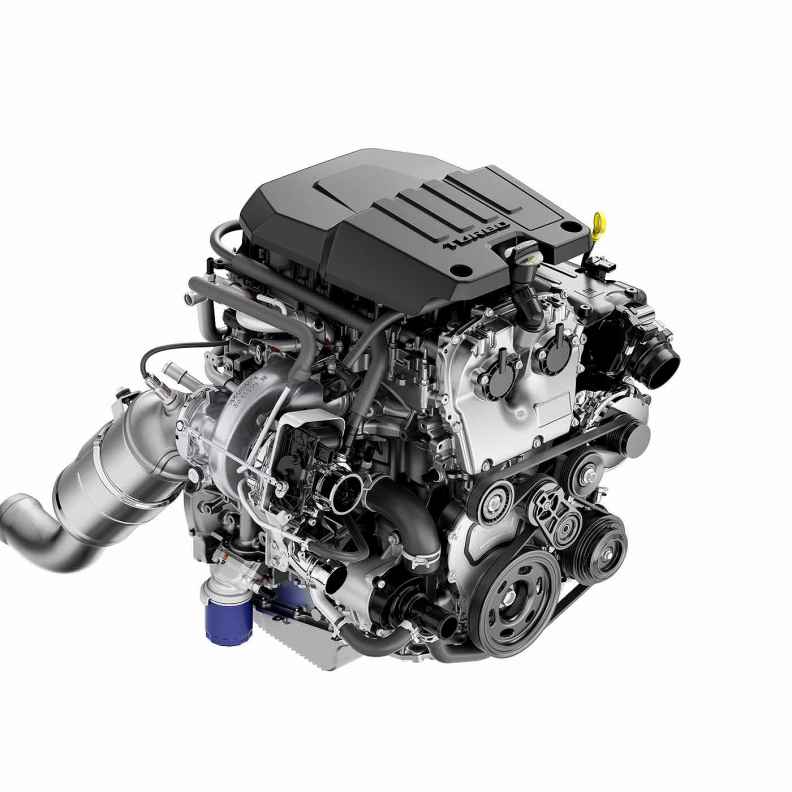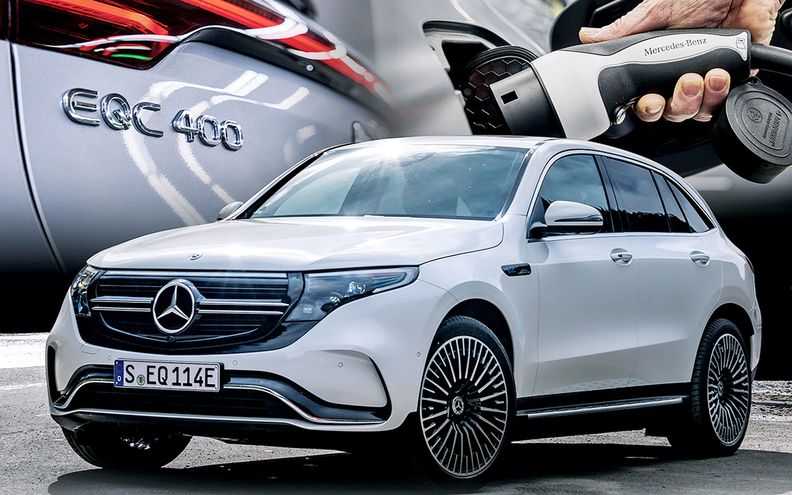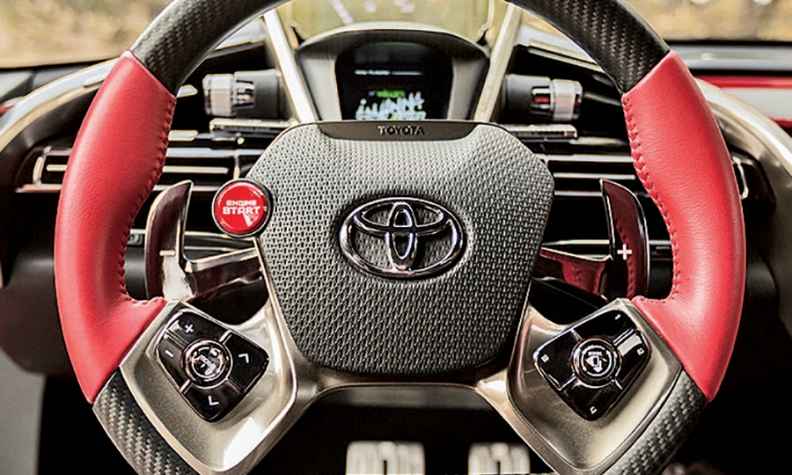In the auto industry, imitation is a very high form of flattery, and many automakers copy each other's technologies, adding just enough of their own proprietary design and unique features to keep the patent attorneys from sending the cease-and-desist orders.

So, it seems a bit strange that no other automaker has introduced a twin-turbo V-6 truck engine to compete with Ford's popular 2.7-liter and 3.5-liter EcoBoost motors in the Ford F-150. In fact, if you look at all the other full-size trucks from Toyota, Nissan, Ram and General Motors, you won't find a turbocharged gasoline engine available almost eight years after Ford rewrote the book on what a downsized and boosted truck engine could do.
But that is about to change, although not in the way I expected. After Ford's twin-turbo V-6 proved truck buyers would pay a premium for a smaller, more powerful engine, I figured competitive V-6 turbos would be out in two or three years from at least Chevrolet and Ram.
Turns out the next gasoline turbo engine will also go where no truck engine has gone before. That would be GM's new 2.7-liter turbocharged four-cylinder that can run on two cylinders at light loads. GM knows it can't put a four-cylinder engine in a vehicle designed for work if the engine can't flex some muscles and pull heavy loads. So, GM engineers packed the new engine with as much technology as I have ever seen in a four-cylinder engine.
The list of engineering advances is long and includes a new BorgWarner dual volute turbocharger -- basically a turbo that admits exhaust gases from two ports to get the turbine spinning up to speed faster -- an electric water pump, cylinder deactivation and a very trick valvetrain. And that is why we are gathered here today, to talk about the valvetrain in the new engine.
GM's aim with the 2.7-liter four-cylinder is to deliver a versatile engine that could deliver both high performance and high fuel economy under a wider range of operating modes. One of the chief criticisms of Ford's EcoBoost V-6 engines is that, under load, fuel economy suffers. GM is hoping to avoid such a large drop in fuel economy when the 2.7-liter is working hard.
The way the "Tripower" valvetrain operates is one key to the engine's V-8-like 310 hp and 348 pound-feet of torque. That rating, by the way, makes the new engine one of the most powerful four-cylinders on the market, joining just eight other four-cylinder engines rated at 300 or more horsepower.
Tom Sutter, chief engineer for the new engine, told me just cranking out a lot of horsepower wasn't the goal when the 2.7-liter was being created specifically for the retooled Silverado and GMC Sierra. If power was the only goal, GM could have simply increased the engine size, used a bigger turbocharger, or tweaked it in other ways.
GM wanted high efficiency to go along with that power. So, in addition to focusing on thermal management and reducing friction, engineers created camshafts that operate in low lift, high lift and cylinder cut-off or active fuel management mode that shuts down two cylinders. But there's more. Not only does the camshaft vary the distance the intake valves open, but cam phasers adjust the timing of when the valves open. In short, GM has created what may be the industry's most versatile variable valve system. It's certainly the first in a truck engine.
The intake camshaft, for example, uses electric device on the intake valves to move a pin to change the cam lobes.
When merging on to a highway, the camshaft operates in high lift mode, which opens the intake valves 10.5 millimeters. When cruising on the highway at a steady speed, say 65 mph, the camshaft is in low lift mode and opens the valves 7.6 millimeters. When active fuel management is operating, the camshafts switch into no lift mode and keep the valves on cylinders two and three closed.
"This is a game that's about making sure we've got not only the performance, which you get from the direct injection, turbocharger and high-lift cam profile, but you can operate at much more efficient conditions with no boost and low lift and AFM modes," says Sutter. "It gives you a lot more range in performance and efficiency. You really don't get the efficiency gain with just the turbocharger."
Here's another interesting feature of the 2.7-liter engine: The effective compression ratio changes based on the amount of fuel and air admitted into the cylinders, says Joe Moon, one of GM's top valvetrain engineers. He said there are two ways to measure compression ratio. The geometric compression ratio is the measurement that accounts for the space above the piston and the stroke volume, which is fixed and does not change. The effective compression ratio changes, Moon said, based on the cam phaser position.
What all this means is that the 2.7-liter has been outfitted with technology that expands the range where it delivers power and efficiency.
GM recently let a few reporters test the new engine -- but only for short drives and without a payload in the bed. So, we don't know how the 2.7-liter performs under duress. If it pulls a heavy load but delivers slightly better fuel economy than a V-6 or V-8, the four-cylinder could be a tough sell. I can't see many Silverado buyers boasting about having a four-cylinder under the hood -- unless it is a real marvel, much like Ford's EcoBoost V-6 was when it debuted.
"GM is priming their buyers with the new 2.7-liter four-cylinder as a sign of what is to come," says AutoPacific analyst Dave Sullivan. "Many smaller manufacturers will move to turbocharged six-cylinder engines. I could see the Lexus LS turbo V-6 end up in the Tundra or a version of Nissan's VR turbo six end up in a truck."
Sutter told me GM easily met its fuel-economy goals for the new engine -- but he wouldn't say what they are. The engine's fuel-economy ratings have not been certified by the EPA. GM is expected to launch the new engine later this year.
With the new Silverado shedding up to 450 pounds by using more aluminum and lighter-weight steel, combined with the lower weight of the four-cylinder engine vs. the V-6 it replaces, GM may have another game-changing truck engine on its hands.
"I think GM takes it to another level with their 2.7-liter four," Sullivan says. "GM is saying to Ford, 'I see your V-6 and raise you an I-4!'"
High horsepower four-cylinder engines:
Infiniti QX50 VC-Turbo, 2.0-liter: 268 hp
Chevrolet Camaro, 2.0-liter: 275 hp
Alfa Romeo Stelvio, 2.0-liter: 280 hp
Audi S3/ Volkswagen Golf R, 2.0-liter: 296 hp
Jaguar F-Type, 2.0-liter: 296 hp
Porsche Boxster 718, 2.0-liter: 300 hp
Subaru WRX, 2.5-liter: 305 hp
Honda Civic Type R, 2.0-liter: 306 hp
Ford Mustang, 2.3-liter: 310 hp
Volvo XC60, 2.0-liter: 316 hp
Chevrolet Silverado/GMC Sierra, 2.7-liter: 310 hp
Ford Focus RS, 2.3-liter: 350 hp
Porsche Boxster S/Cayman S, 2.5-liter: 350 hp
Mercedes-Benz CLA AMG45, 2.0-liter: 375 hp









Post your comment